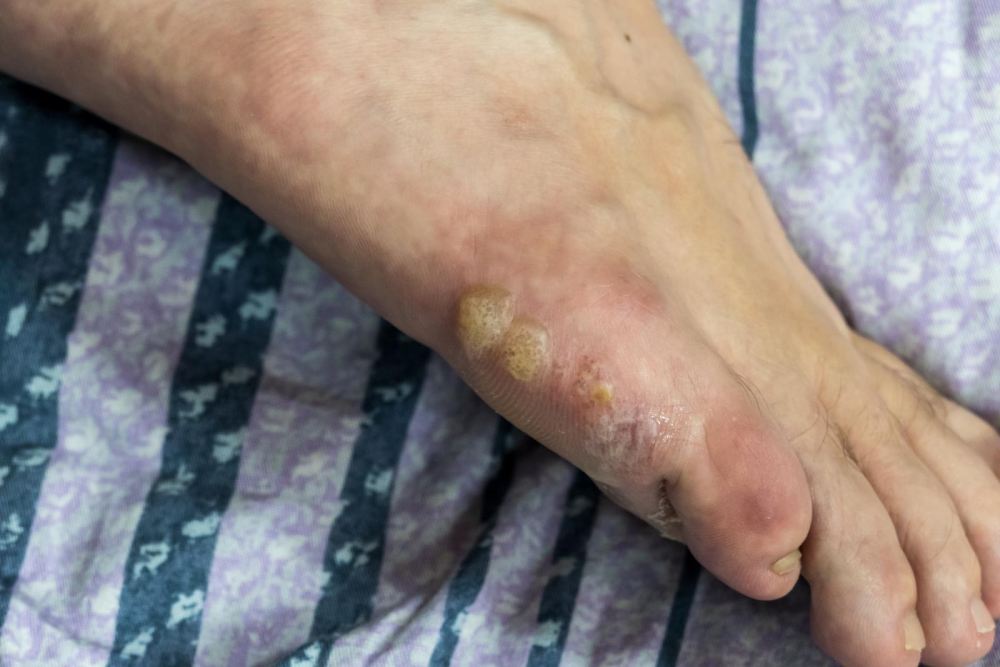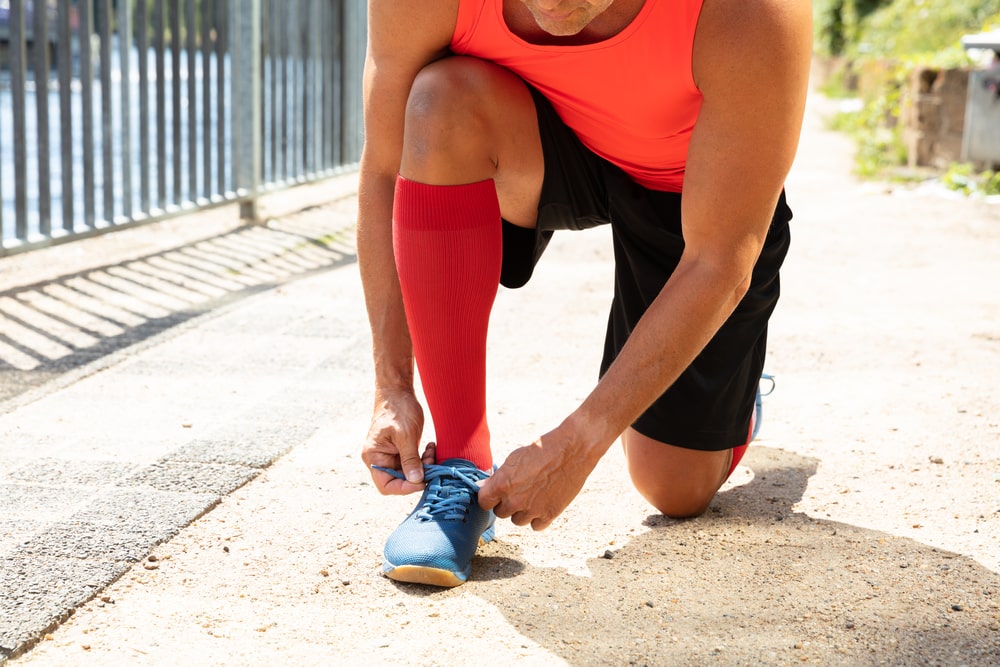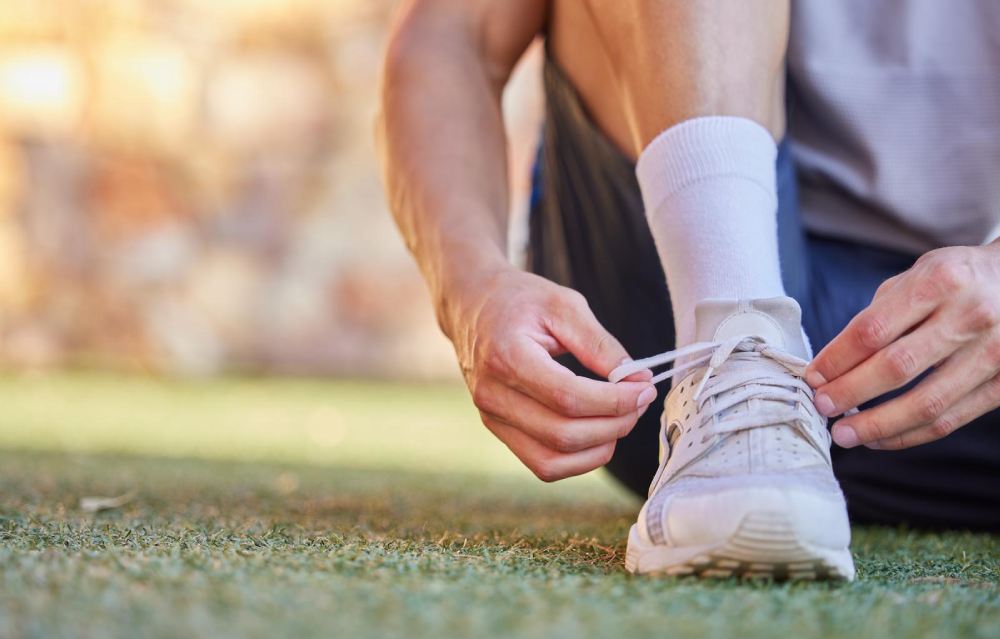Even the most careful and experienced runners develop blisters on their feet at some point. This article outlines how do runners treat blisters and avoid them.
Blisters are an unfortunate part of being active, but it’s not a good idea to “run around” a blister by changing your gait since doing so can cause other, more serious injuries. So, how do runners treat blisters? In short, you need to clean and cover the blister.
Contents
How Do Blisters Form?

The leading cause of blisters is friction. When your foot strikes the ground while running, movement occurs, such as your insole pushing forward in your sock and shoe, which causes friction. In turn, the friction causes the outer layers of your skin to rub together and separate.
Blisters are the small pockets of fluid that form between these layers.
Apart from the running action, other factors can increase friction against the skin of your feet. For instance, running shoes that aren’t a good fit, poor running technique, and the presence of dust and debris on a running trail can all contribute to blisters.
How To Prevent Blisters
Although it’s not always possible to avoid blister formation, there are several preventative steps you can take to increase your chances of remaining blister-free. Experienced runners all have their own combination of techniques when it comes to blister prevention, which may include lubricant, powder, tape, and various other magic formulas.
Check out our guide on how to tape an ankle for running.
Wear Shoes That Fit Properly

If your running shoes don’t fit properly, your chances of developing blisters increase dramatically. Both shoes that are too big or small cause more friction against the skin of your feet.
A good rule of thumb is to have about a half inch of space between your big toe and the front of the shoe. You also want a good fit on the heel for proper support. Runners who have bunions or heel spurs should opt for a wider fit.
Invest In The Right Socks
Buying the right type of socks for running can go a long way in preventing painful blisters. To keep your feet dry and prevent chafing, you want to opt for breathable socks that are made from nylon or a wool blend. Although they cost a bit more, it’s a good idea to invest in running socks since they provide localized padding at the toe and heel for added protection.
Proper Training
Another way to prevent blisters is to train properly. Build up your fitness levels over a longer period. Doing so will allow the top layer of the skin on your feet to become thicker and more resistant to blistering.
Less Is More
Apart from an effective shoe and sock combination and proper training, many runners also use other preventative strategies, such as lubricant, powder, tape, or antiperspirant. While these techniques may work for some, they can also exacerbate blister formation. In the end, the more variables you introduce when racing or training, the bigger the chances of injury.
You might also be interested in our tips on how runners take care of their knees.
How To Treat Blisters
If you develop blisters, you’ll need damage control, especially if you’re running in a race. How you choose to treat a blister will depend on how much time you have and also the supplies you have access to. In general, however, you can treat a blister in the following way:
- Clean the area: The first step involves cleaning the surface of the blister and the surrounding area. It’s not advised to puncture a blister as this can prolong the healing process, so generally, you should clean them and let your body cover the rest. But for runners, it’s understandable why you might want to puncture a blister, so you can continue to train.
- Puncture the blister: If you need to drain it, puncture it with a disinfected needle or scalpel. Avoid completely opening up the blister. Instead, aim to keep the blister roof attached and make a few small holes to allow the fluid to drain.
- Remove the fluid: Soak up the blister fluid with a piece of cotton wool.
- Clean again: Once the fluid is out, you should clean and dry the blister area and apply an antibiotic ointment.
- Cover the blister: To provide protection, you need to put a plaster over the blister. The plaster should be big enough to cover the surrounding skin.
Remember to keep your feet as dry as possible. Moisture accelerates the formation of blisters because it weakens the outer layers of the skin. Although you may be tempted to cool your body off with water while running, stay as dry as possible during a race or while training.
If you liked this post, you might also be interested in learning how runners prevent chafing.



